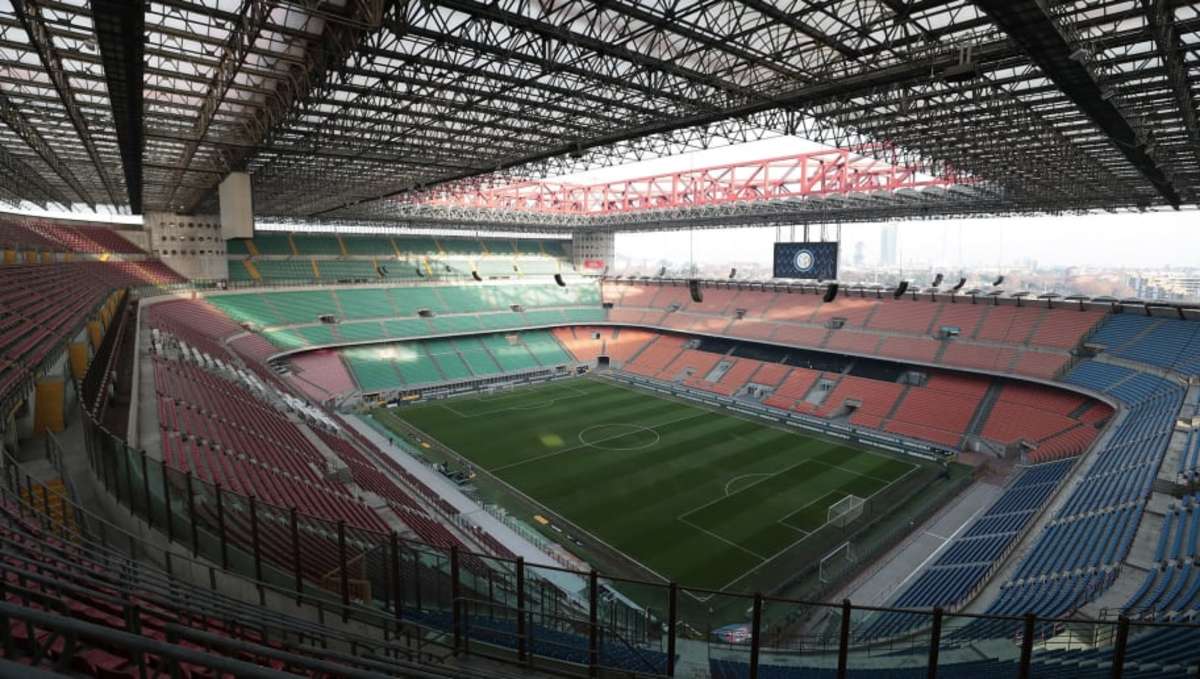Milan Sides Reveal Plans for New Stadium & Shopping Complex Worth Over €1.2bn

AC Milan and Inter have unveiled their plans for their replacement for the iconic San Siro stadium with a comprehensive 'Technical and Economic Feasibility Study' submitted to the city's Municipality regarding a 'New Milano Stadium'.
In a statement on their official website, the Rossoneri explained: "AC Milan and FC Internazionale today filed with the Municipality of Milan the 'Technical and Economic Feasibility Study' for the new Milan stadium and its multifunctional district. The New Milano Stadium is part of a larger project which foresees private investments for the city of Milan and the San Siro area of over 1.2 billion euros.
"The proposal to the local institutions marks a first official step by the Clubs, beginning a shared journey together with the Municipality towards constructing a modern, sustainable and accessible urban district in the San Siro area, built around a new world-class stadium."
They later revealed that, though there was no 'architectural component' in this study as of yet, once the Municipality registered their interest in the project, a 'definitive plan' will be drafted, and with it a process to select an architect from some of the world's leading firms.
Summing up the project's aims, the club claimed the new San Siro area would be bolstered with 'a new modern stadium, of approx. 60.000 seats, in the area adjacent to the existing Meazza' as well as 'a multifunctional district in the area where the Meazza currently stands, dedicated to sports, entertainment, and shopping, that will become a vibrant destination for citizens, fans and tourists 365-days/year, creating jobs for over 3,500 people'.
For this, the Serie A clubs are seeking private investments worth over €1.2bn, which they see as 'essential in bringing Milan's football back to the elite of the European and global football arena'.
They also outlined why such a project was far more economically viable than a refurbishment of the old San Siro, explaining: "The current structure presents a series of technical issues, of which the solution would have required a complete refurbishment, with enormous execution risks, possible cost overruns and unpredictable complications.
"In addition, there would have been organizational issues linked to the simultaneous management of football matches, longer construction timings, revenue loss connected to the temporary reduction of the available capacity to even less than 45,000 seats, safety concerns and the need to hold home matches outside the city of Milan."






